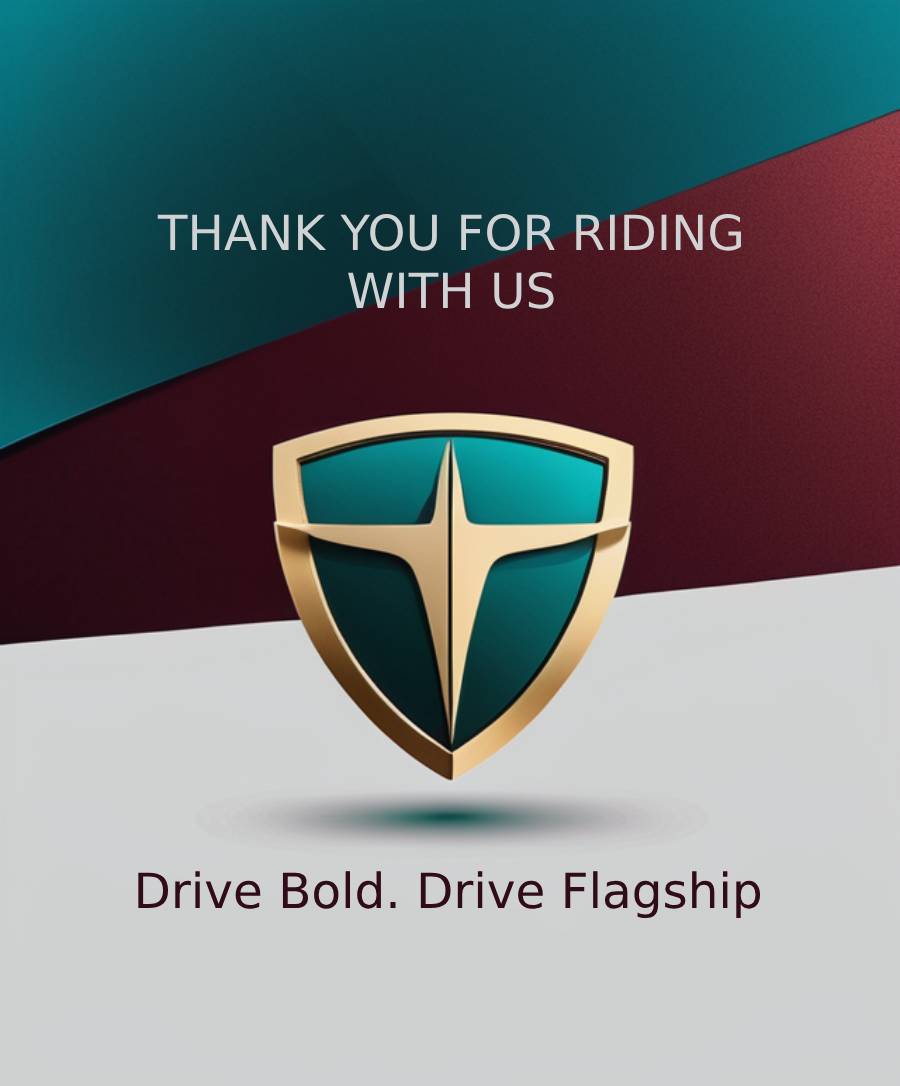Your cart is currently empty!

Top 10 Signs Of Brake Wear
Your car’s brakes are essential. These unsung heroes play a role in your entire driving experience. Considering the role they play, you should keep them in top-notch condition. Brakes improperly serviced (or at all) can’t perform effectively. While brake pads and rotors have a limited lifespan, several factors can indicate when you need a brake change. When you recognize the signs of brake wear earlier, you’ll address them in time. You want a reliable and responsive braking system. Have you ever wondered when to give your brakes a little TLC? Well, you’re in the right place.
Drivers should change brake pads every 25,000 to 65,000 miles. The rotors, on the other hand, should be changed every 30,000 to 70,000 miles. But remember, these numbers can change based on where you drive, the weather, and how you drive. There are lots of signs that you should look out for. From unusual sounds to changes in performance, each indicator is a clue that it’s time to check in on your brakes. These signs make it easier to figure out when to fix things. Are you wondering whether your brakes need a change? Look out for these ten signs that something might be up.
Here are the signs that you should change your brakes.
Sign 1: High-Pitched Screeching
Screeches are among the well-recognized signs of brake wear. When you press the brake pedal and hear a high-pitched screeching sound, it’s a sign that the brakes are wearing out. So where exactly does this screeching noise come from? The source of the screeching noise near the brake pads is a deliberate feature. It’s caused by a small piece of metal strategically embedded in the brake pads. Its purpose is to serve as an early warning system. It gives you a heads-up, alerting you that the brake pads are wearing thin and will require replacement soon. It’s like a brake pad alarm. If this high-pitched grating or whining noise becomes noticeable, it’s advisable to schedule an appointment with your service center promptly to address the brake pad wear.
Sign 2: Uneven Brake Pad Wear
Ever noticed your car’s brake pads playing favorites? If one side is wearing out quicker than the other, there might be a couple of issues involved. It might signal an issue with the brake caliper or another braking component. Ideally, you want your brakes to provide a uniform and consistent stopping power from both sides of your car. If you spot uneven wear, it’s a sign that something is amiss in your braking system.
Sign 3: Visible Wear and Tear
Keeping an eye on the visible state of your car’s brake pads is an easy approach to determine their health. Visually inspect the brake pads in contact with the metal rotors by peeping through the crevices between the wheel spokes. Unlike the screeching problems, you can notice wear and tear on the brakes before you hit the road. If the brake pads have worn down to less than a quarter-inch thickness, it is a clear indication that they are nearing the end of their useful life. In such instances, it is best to have the brake pads tested or replaced as soon as possible to ensure optimal braking performance and the safety of your car.
Sign 4: Pulling To One Side
Experiencing an unexpected pull to one side when you apply the brakes? This sensation could be a subtle yet significant indicator of an issue. It suggests that your vehicle’s brake lining might be wearing unevenly, requiring an adjustment. Another potential cause could be the presence of foreign matter in your brake fluid, prompting the need for a thorough drainage and replacement of the fluid. If you notice your vehicle veering to one side during braking, it’s a signal to have your braking system inspected promptly to identify and address any underlying causes.
Sign 5: Heavy Grinding Sound
If the subtle screeching warning about thin brake pads went unnoticed, a more alarming sound might grab your attention. A pronounced metallic growling or grinding noise is a clear indication that your brake pads have worn down to an advanced stage. At this point, replacement is not just a recommendation; it becomes a necessity. The grinding noise arises from the metal plate rubbing directly against the rotor. Continued use in this condition can lead to severe consequences, including rotor scratches and even the melting of metal, causing the brakes to stick. Beyond affecting performance, this condition poses a safety hazard that demands immediate attention and resolution to prevent further damage and maintain the safety of your vehicle.
Sign 6: Slow Stopping Response
A slow braking response is a dead giveaway of worn-out brakes and one of the most easily recognized signs of brake wear. If you’ve had your car for a while, you will notice when the brakes need changing. Aside from worn-out brakes, a slow braking response is also a sign of a brake fluid leak within your car’s braking system. You, as the driver, will be the best judge of this problem. Do your brakes feel slower? Get the brakes checked out.
Sign 7: Extremely Sensitive or Insensitive Brakes
Brake behavior can sometimes offer valuable insights into the health of your braking system. If you find your brakes overly sensitive, abruptly stopping your vehicle with even gentle pedal pressure, could indicate uneven rotor wear or the need for brake fluid replacement. In such cases, prompt servicing is essential.
Conversely, if you experience the need to depress the brake pedal extensively before your brakes engage, this is also cause for concern. It may point to issues such as air in the brake fluid, low brake fluid levels, or thin brake pads. It is also a sign of problems within the hydraulic system of your car. Seeking immediate attention from a mechanic is crucial for an accurate diagnosis and timely resolution of the issue.
Sign 8: Screeching Despite New Pads
Surprisingly, loud noises emanating from your car’s brakes don’t always necessitate immediate replacement. If you’ve recently changed the brake pads and still experience unusual sounds, the issue may lie with glazed rotors. This occurs due to intense braking, causing the metal to overheat and develop burn marks. A visual inspection can help; if you notice blue marks or a dark ring on the rotors, replacement may be to ensure optimal brake performance.
Sign 9: Brake Pedal Vibration
Vibrations are among the common signs of brake wear. In ideal conditions, your car should come to a stop smoothly. However, worn brake pads or damaged rotors can introduce vibrations throughout your vehicle. If you notice your car shaking or the steering wheel vibrating when you apply the brakes, but the vibrations cease upon releasing the brake pedal, it’s a clear signal that your brakes require prompt attention and servicing.
Sign 10: Driveway Puddle
Check under your parked car for any puddle signs. This is where you have to become your car’s own inspector. If you spot a small puddle of fluid, your car might have a leaking brake system. So, observe the fluid closely. If the fluid resembles fresh motor oil but lacks the slimy texture, it’s likely brake fluid. This visible sign suggests a potential brake fluid leakage, necessitating a visit to the mechanic for a thorough inspection and necessary repairs.
Author Details

Our Team
Hi there! Welcome to Flagship Drive.
I’m Wilfred Nkhwazi, a passionate car lover from Africa. I created this platform to share expert insights, honest reviews, and a fresh perspective on the latest cars and automotive trends. Let’s hit the road together.
Advertisement

Recent News

